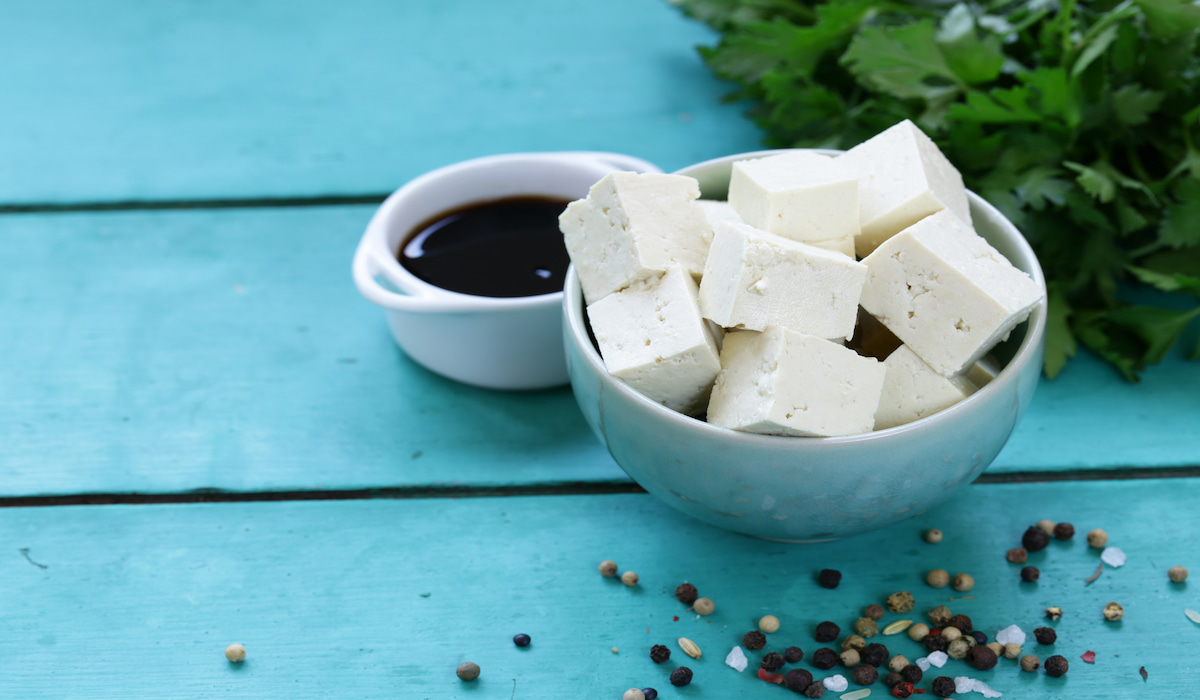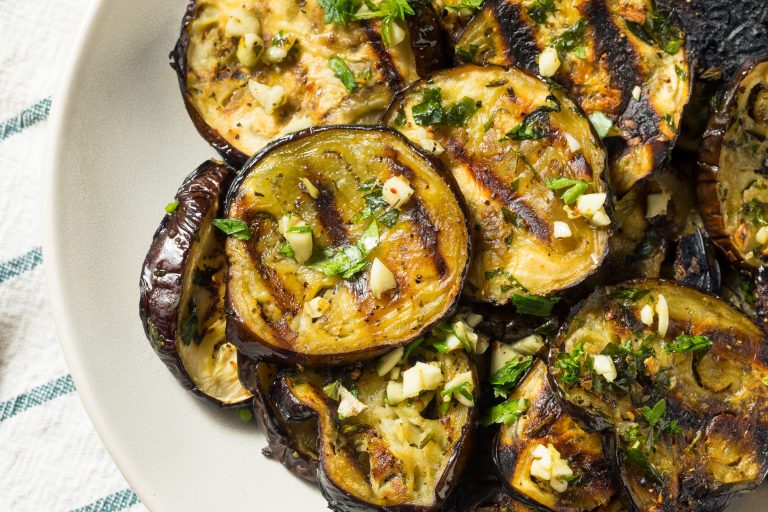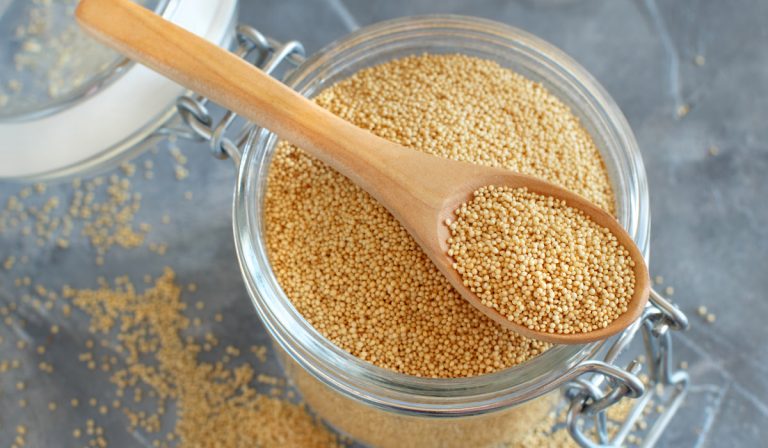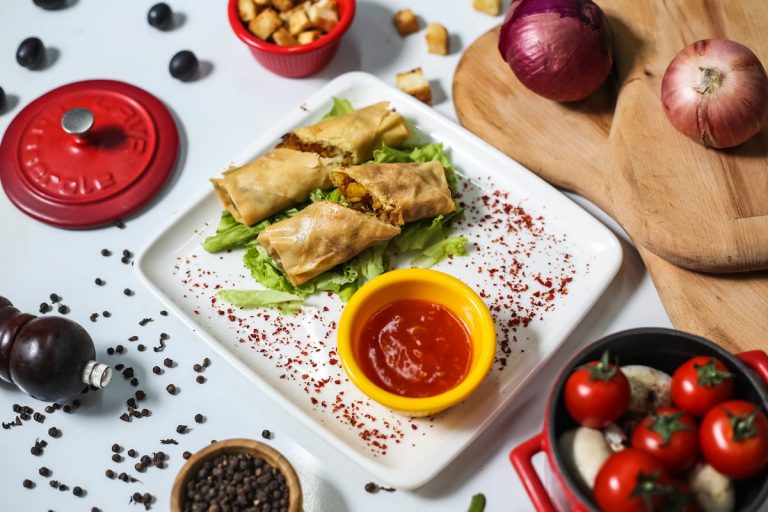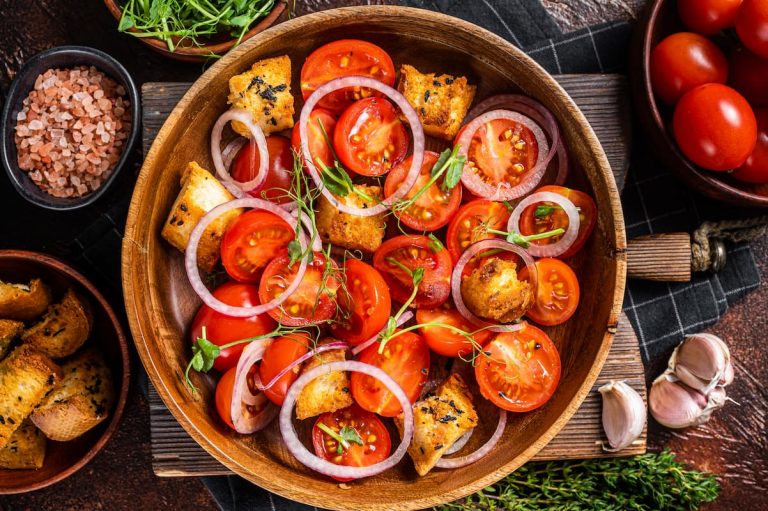Is Tofu Paleo? (Complete Information!)
Maybe you’ve stumbled upon the paleo diet and have decided to try it out. Or a friend might have recommended it to you, with their own raving stories about their success and love for the diet.
You’ve decided to try it, but then you realize – what if it means you can’t eat tofu anymore? As an avid tofu fan, you’ve developed the acquired taste of tofu and have been eating it happily for years.
Trying this diet seems like a good idea, but what if it means getting rid of your favorite protein source? Before you commit to this diet, you want to be reassured.
Is tofu paleo?
Although tofu is a food that is eagerly eaten and loved by many in the health-conscious community, it is not part of the paleo diet.
Read on to find out why tofu isn’t paleo, what is and isn’t allowed on a paleo diet, and more!

Let’s Talk About Tofu
Oh, tofu. Either it is your favorite food or the bane of your existence. In American culture, at least, it only goes those two ways.
Why do people eat tofu anyway? Some people eat it because it is part of their culture.
Tofu originated in China. It was created accidentally when a cook combined curdled soy milk with nori seaweed.
Tofu is commonplace in Asian cultures, especially in China and Taiwan, and is made into soups, noodles, and other foods. Some people, especially in the U.S., discovered tofu because of its health benefits as a great protein replacement for meat.
As the vegetarian and then vegan movements surged, people turned more and more to tofu as a substitute for the health benefits of meat. Your body still needs protein, and if you’re not eating meat, you’ll need to find a different way to get your daily dose!
As tofu is made from soy, and soy is made from soybeans, and soybeans are legumes, and legumes have protein, then tofu has protein.
In every 100-gram serving of tofu, there are over 17 grams of protein.
Perhaps you made the goal to lose some weight. Some leaner meats such as chicken and fish are great, but there are red meats too, like pork and beef, which are more fattening.
You don’t want to eat chicken every day, so try to branch out and find other protein options. Beans are great, and lentils too, but they make you gassy if you eat them too often.
What else? There must be other alternatives to meat to get your daily protein. And there are. Among them are peanut butter and alternative meats such as falafel and tofu.
You’ll often find those people hoping to shed some pounds turning to tofu as an adequate food source.
Not only does tofu have high protein levels, but it also has a low carb content, half of your daily calcium intake, and iron, phosphorus, and amino acids.
Sounds impressive, right? But tofu doesn’t fit into all diets.

What Is the Paleo Diet?
To understand the paleo diet, you’ve got to know where the word “paleo” comes from. Paleo is short for Paleolithic.
By following the paleo diet, you are only eating foods that would be available in the Paleolithic Era, a time in our world’s ancient history. Namely, foods that aren’t highly processed and packed with added sweeteners, dyes, and artificial ingredients.
Essentially, those who follow the paleo diet believe that people should only eat the nutrient-rich, unprocessed foods consumed thousands of years ago.
Because we hadn’t come up with processed foods, industrial agriculture, mass farming, GMOs, and steroid shots for animals thousands of years ago, we shouldn’t eat them today because our bodies aren’t biologically able to tolerate them.
We have more access to food than ever before, but how much of it is suitable for your body?
We may be overfed physically, but in reality, our bodies are malnourished due to the lack of real foods that benefit our bodies.
Lack of these natural foods will eventually take a toll on our bodies—resulting in conditions such as obesity, autoimmune disease, heart disease, and cancer—instead of nourishing them and giving them the strength to perform our daily tasks for years and years to come.
When people follow the paleo diet, they often lose weight, increase heart health, and decrease symptoms of chronic diseases and diabetes.
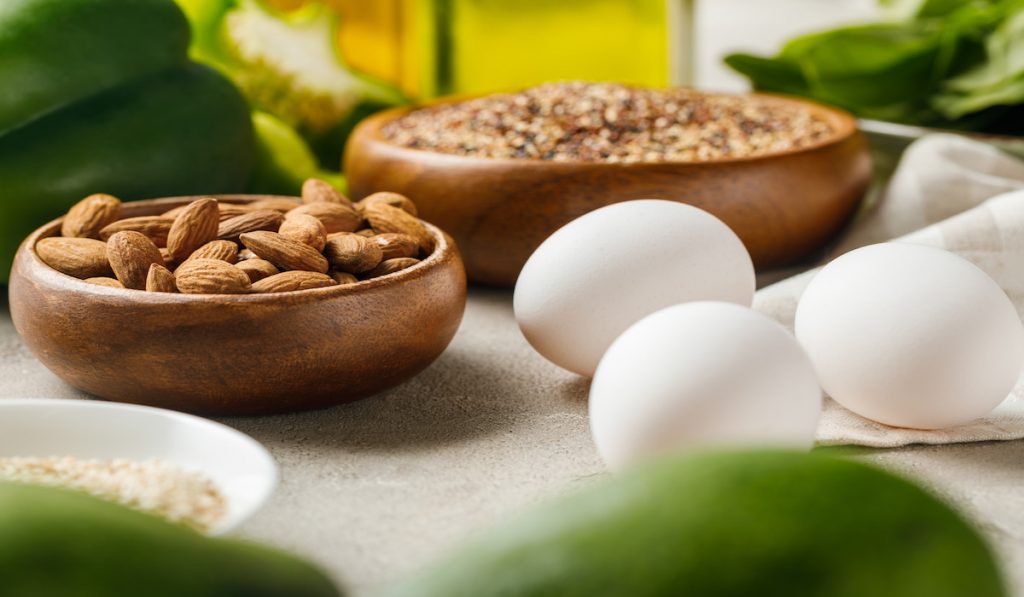
What Foods Can You Eat When Following the Paleo Diet?
Those following the paleo diet try to copy the diet of those living in the Paleolithic period thousands of years ago. At that time, people had access to only a few of the rawest and most natural foods, and only at certain times of the year.
Meats from grass-fed animals are acceptable, including all types of seafood.
Fresh fruits and vegetables are highly encouraged, with only starchy vegetables cautioned to be consumed in moderation.
Nuts and seeds are part of the paleo diet and eggs.
Healthy fats and oils such as olive oil, avocado oil, flaxseed oil, coconut oil, and walnut oil are allowed.
And finally, some sugars are included in the paleo diet – such as not processed or unrefined sugars. Raw, natural sweeteners such as raw honey and pure maple syrup are included in the diet.
What’s Not Included?
Well, everything else! All the easy, cheap things to find in a grocery store essentially!
- Processed foods such as chips, crackers, and anything made by Hostess or Poptart
- Foods that are high in salt content, which include many savory processed foods
- Foods that possess artificial dyes and sweeteners
- Any alcohol
- Refined vegetable oils such as canola oil, palm oil, and sunflower oil
The best way to remember it is, if it’s not natural, as in not a food found in nature, then it’s not paleo!
There are exceptions to this natural food rule, however. All paleo ingredients can be found in nature, but not all natural ingredients are paleo.
Starchy vegetables are not part of the pure paleo diet. These vegetables include potatoes and sweet potatoes, corn, and plantains.
These vegetables are high in carbs and are not recommended for those who wish to lose weight.
However, the paleo diet still allows these foods in moderation – just don’t let them become your go-to vegetables for your new diet.
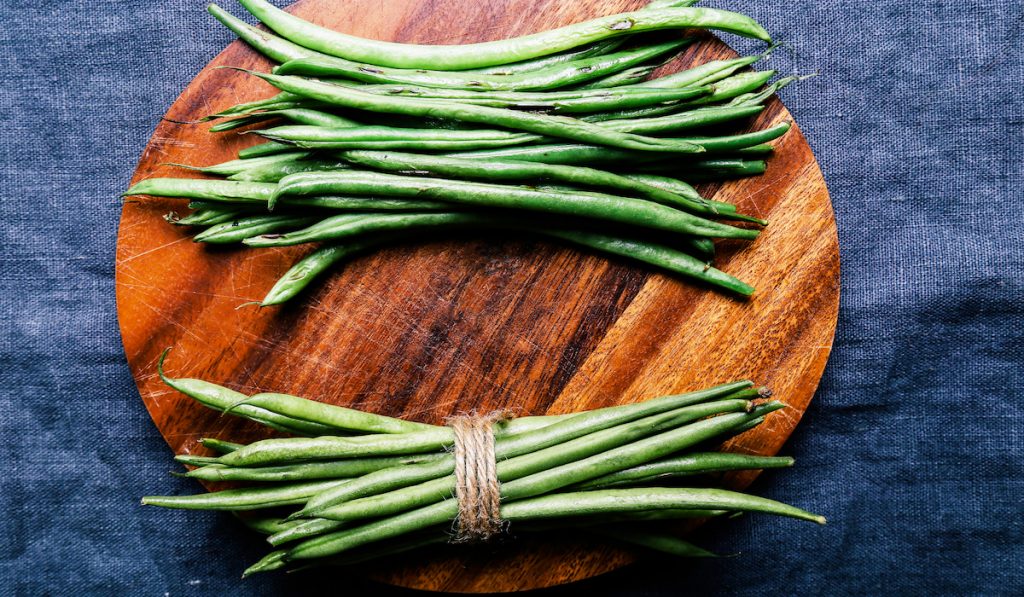
Along with starchy vegetables, other natural foods such as legumes (beans, lentils, and peanuts), dairy products (cheese, yogurt, and milk), and all grains (quinoa, wheat, and oats) are not part of the paleo diet!
Why are these foods not paleo? These food groups are often considered healthy. However, some people have found themselves unable to process and digest these foods well.
Some nutritionists believe these foods are hard to digest because they were not originally intended for human consumption.
Why?
Well, these foods require an extensive process of growing and preparing that would not have been possible in the Paleolithic Era of hunting and gathering.
Dairy was especially not intended for humans. Our dairy products come from cows, goats, or sheep, but who is biologically designed to consume these products? Cows’ calves, goats’ kids, and sheep’s lambs – not humans.
Cow hormones can have adverse effects on the human body, especially if the hormones were artificially injected to create the ideal milk cow production line.
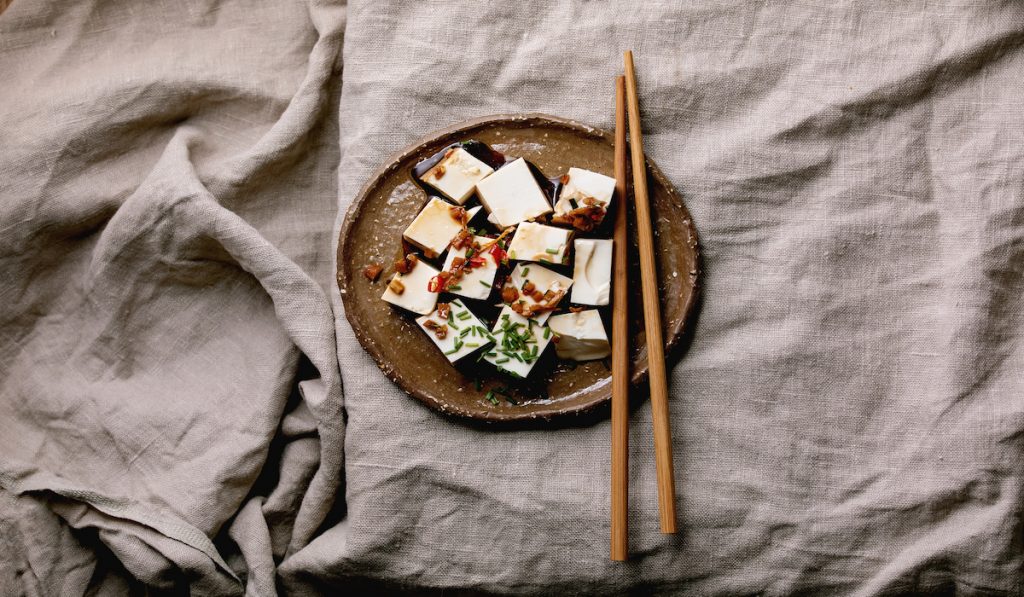
Notice How Tofu Is Not On This List?
Yes, I’m sure you’ve noticed by now that tofu was not on the list of accepted paleo foods. Why not? Well, it’s because tofu is a legume if you trace it back to its original ingredients.
Tofu is made from soy milk, which is made from soybeans, which is a legume. Legumes are considered healthy, but they are not on the list of paleo foods.
People’s bodies do not always respond well to legumes – ever noticed yourself having gastrointestinal issues from eating too many beans, for example?
That’s because beans weren’t originally foods humans could eat until they were able to start farming and industrially producing ingredients.
So although tofu is a food that is eagerly eaten and loved by many in the health-conscious community, it is not part of the paleo diet.

What If I Want to Eat Tofu Anyways?
You totally can! You can do whatever you want – it’s your body and your life. Just because you’ve decided to follow a diet doesn’t mean it controls you and everything you eat!
You don’t have to be a paleo purist – you can allow a few foods here and there that you believe are still healthy and would still like to include in your diet.
However, keep in mind that you will not have as accurate results if you do not follow the paleo diet strictly, such as if you are doing it for health problems or to lose weight.
Following the diet ideally will create the best results, but if you’re hoping to simply make a healthier, more wholesome diet for yourself, then you can adjust to the diet slowly. No need to get rid of your tofu just yet!

